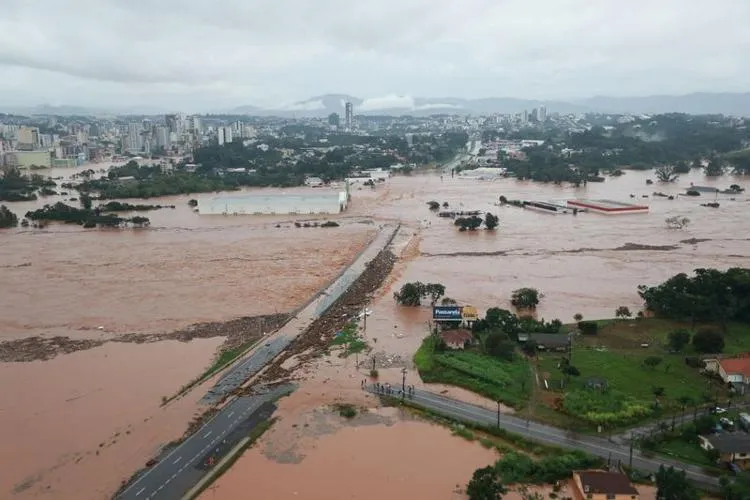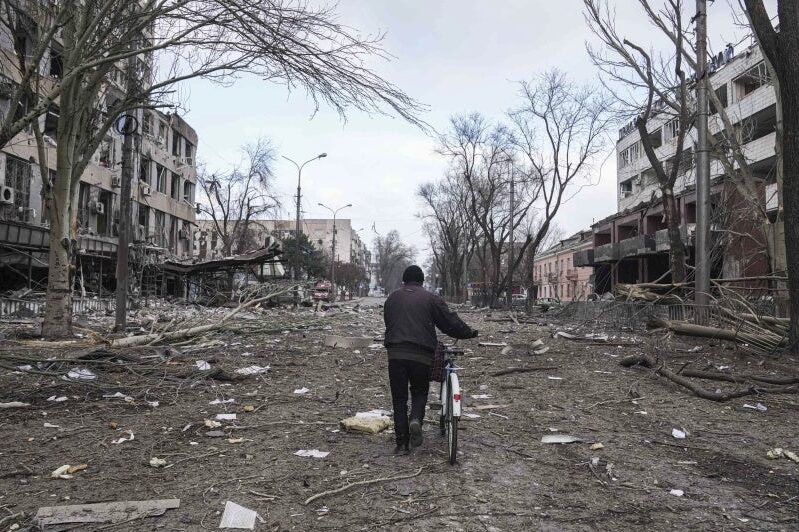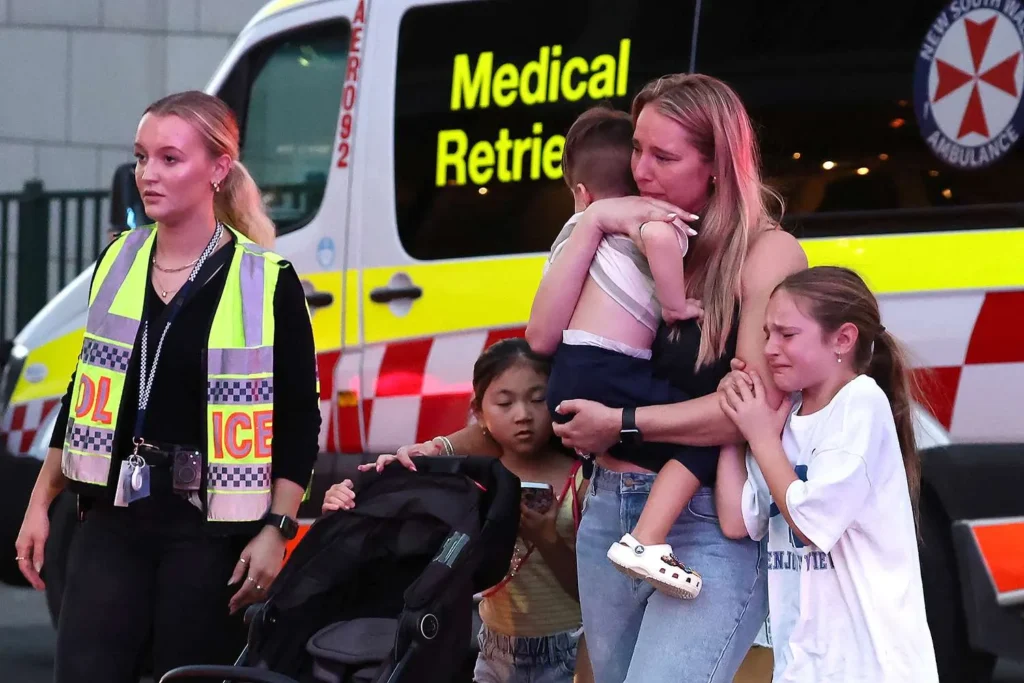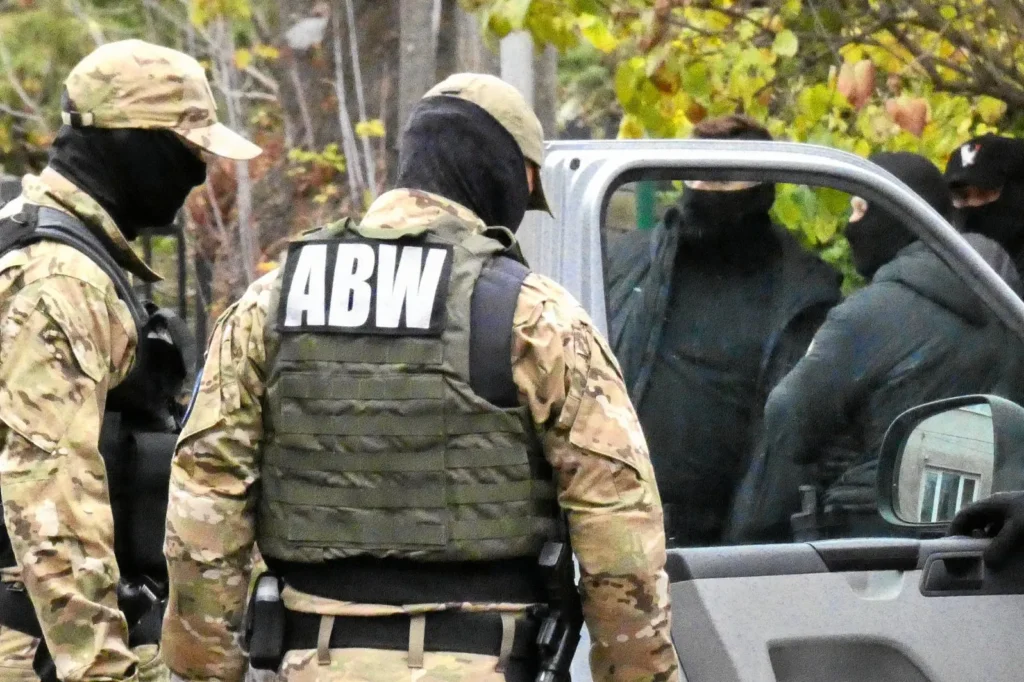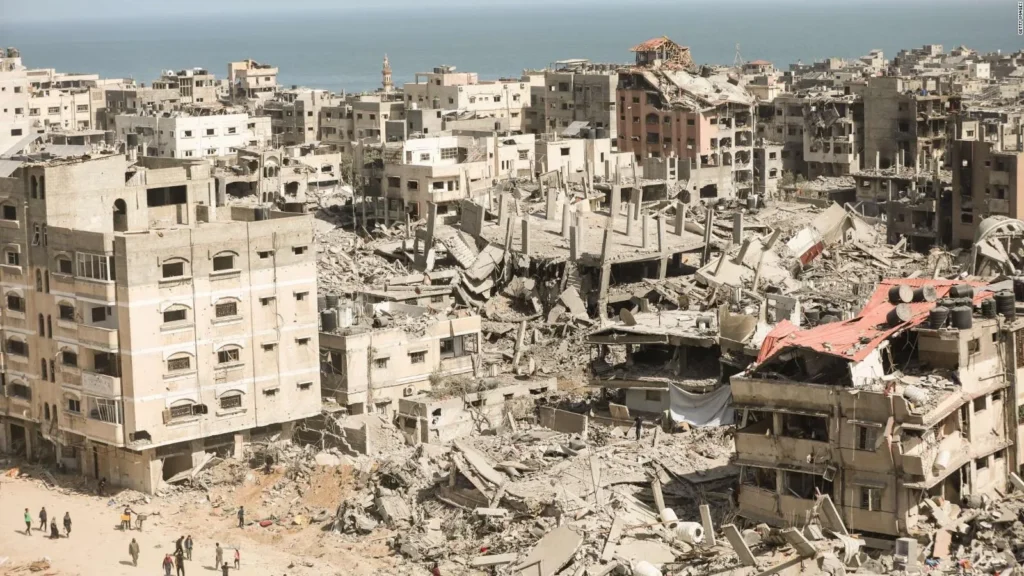Rains in southern Brazil cause chaos
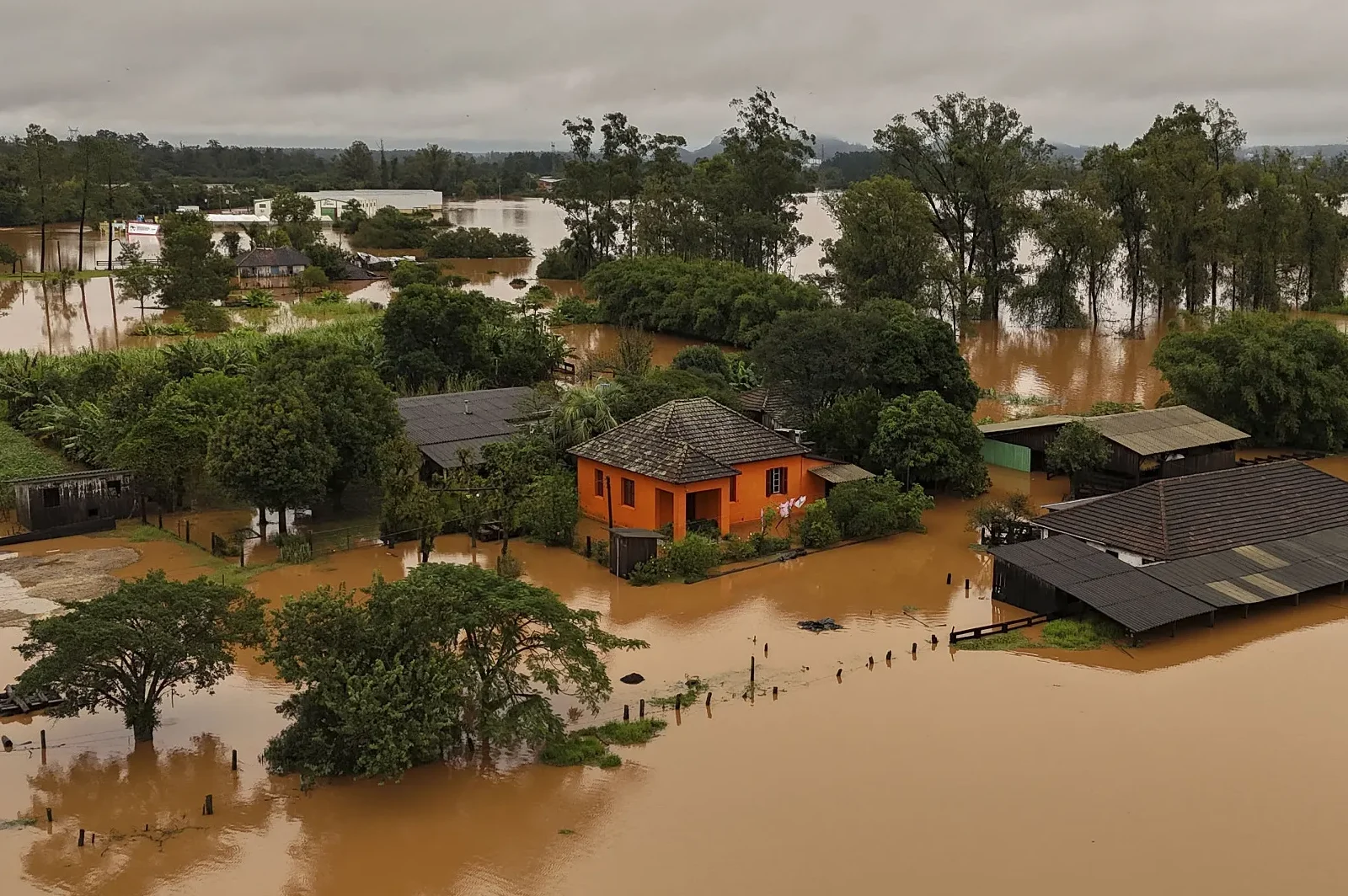
The rains in southern Brazil have left dozens dead, many injured, missing and hundreds of families homeless.
Heavy rains in southern Brazil have caused chaos, and the country is in an emergency zone amidst a climate that does not seem to change.
The first tragedy occurred after the overflowing of a reservoir in Rio Grande do Soul, which caused the flooding of hundreds of sectors.
Houses under water, roads completely flooded, people on roofs waiting for a rescue and others in shelters clinging to life because they lost everything, is the panorama experienced in the south of Brazil, due to the strong storms that hit the region since Monday.
The rains in southern Brazil have unleashed devastating floods that have already left at least 57 dead and 67 missing, according to the latest report from the authorities released on Saturday.
Rio Grande do Sul, a state bordering Uruguay and Argentina, is the region most affected by the rains in southern Brazil, but the scourge of the rains is also beginning to be felt in the neighboring state of Santa Catarina, which has already reported the first fatality and where 33 cities have been affected.
According to the Civil Defense of Rio Grande do Sul, tens of thousands of people have been evacuated, of whom 8,168 are in public shelters and another 24,080 in the homes of relatives or friends.
The governor of Rio Grande do Sul, Eduardo Leite, said at a press conference that “the numbers may change substantially” as rescue corps gain access to localities that remain isolated.
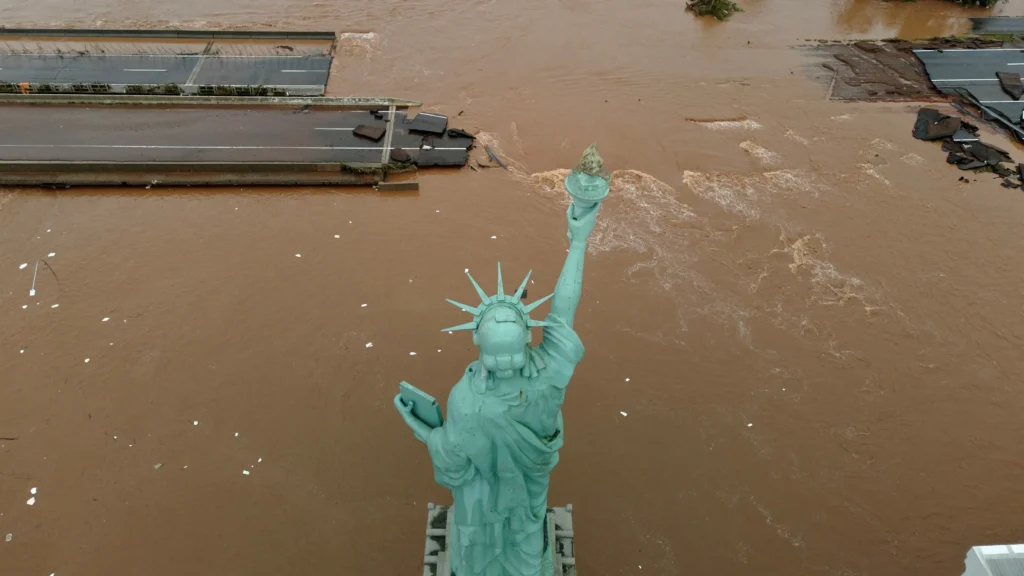
Rains in southern Brazil cause chaos in 265 municipalities
So far, the rains in southern Brazil have left 265 municipalities affected, more than half of those that make up the state, including the regional capital, Porto Alegre, whose historic center was completely flooded after the Guaíba River overflowed its banks, reaching its highest level in eight decades.
A day after visiting the affected region, Brazilian President Luiz Inácio Lula da Silva stated that this was “one of the biggest floods” of which he was aware and repeated that the government would not spare resources to deal with the tragedy.
The Armed Forces have deployed 936 military personnel, as well as nine aircraft, 98 boats and 70 vehicles to help in the rescue work after the rains in the south of Brazil, in addition to the 2,000 troops of the regional rescue corps.
This Friday, May 3, EFE news agency accompanied members of the Army in the rescue work on the Guaibá River, coordinated by the military from a kind of ferry, from where smaller boats with the victims were leaving and arriving.
“It was a great relief,” Celine Machado de Vargas, one of the people rescued on the day, told EFE.
In tears, this 38-year-old woman told how she waited until the last minute with her father, mother and son to try to save some of the belongings. “But everything was left floating or destroyed,” she said.
So far, authorities have managed to rescue some 8,600 people in “air, sea and land operations carried out by the integrated response forces,” Governor Leite said.
READ HERE: ENFORCED DISAPPEARANCES IN VENEZUELA: IN THE MIDST OF ELECTIONS.
Brazil’s National Meteorological Institute (Inmet) issued a red alert on Friday for rains in southern Brazil and for the probability of major flooding in the region of the upper Uruguay riverbed, on the border with the Argentine province of Misiones.
Rainfall volumes of more than 60 millimeters are expected until midday on Saturday, and may reach a maximum of 100 millimeters in some parts of the Uruguay valley.
In addition, there is a risk of rupture of four dams, located in the cities of Cotiporã, Bento Gonçalves, Canela and São Martinho da Serra.
The authorities also warned that the water of the Guaibá river will continue to rise in the coming hours, which may cause further flooding in the metropolitan area of Porto Alegre.
The situation in the south of the country also forced the Government to postpone the Unified National Public Contest, which was to be held next Sunday simultaneously in 288 cities throughout the country, among them several in Rio Grande do Sul, and for which 2.1 million applicants had registered.
